by William E. Welsh
To say the Confederates had the perfect chance at the Battle of Shiloh to evict Maj. Gen. Ulysses S. Grant and his 40,000-strong army from southwestern Tennessee is an understatement. In mid-March 1862, Grant’s Army of the Tennessee steamed up the Tennessee River and set up camp on a west bank plateau near a one-room Methodist church made out of hewn logs called Shiloh Meeting House.
[text_ad]
Grant intended once he was reinforced by Maj. Gen. Don Carlos Buell’s Army of the Ohio, to march on the Confederate rail center at Corinth, Mississippi. For that reason, there was no talk of fortifying the army’s encampment at Pittsburgh Landing. What’s more, Grant was sure the rebellion was nearing an end, at least in the western theater, telling his superior, Maj. Gen. Henry W. Halleck, “The temper of the rebel troops is such that there is little doubt but that Corinth will fall much more easily than Donelson did when we do move.”
A Tenacious Battle for Both Sides
Grant may have known how to conduct surrender negotiations, as he had shown at Fort Donelson when he demanded the Rebels’ unconditional surrender, but he still had a thing or two to learn about wartime intelligence.
One of the most highly regarded soldiers in the pre-Civil War U.S. Army, General Albert S. Johnston led his 44,000-man Army of the Mississippi, on crowded march north from Corinth to strike a preliminary blow at Grant in the hopes of stopping the Grant’s offensive before his troops could begin their advance on Corinth. Johnston’s Rebels still managed to take the Yankees by surprise at daybreak on April 6, 1862, despite reports from Yankee pickets to their superiors that the rebels were present in large numbers in the woods to the south.
Reeling under heavy blows delivered by Johnston’s four corps, the Federals fought tenaciously.
Visiting the Shiloh Battlefield
At nearly 4,000 acres, the Battle of Shiloh National Military Park is situated two hours east of Memphis and three hours southwest of Nashville. Among the key sites to see from the first day’s fight, in which the Rebels sought to force Grant’s army away from the river and drive it into the swampy ground along Snake Creek where it might be destroyed, are Fraley Field, Shiloh Church, Hornets’ Nest, Bloody Pond, and the Peach Orchard.
The basic driving tour of the battlefield includes 20 major stops, one of which is the sanguinary contest that occurred when three Federal divisions made a stand along a sunken road in a tract of woods known afterwards as the Hornets’ Nest because of the buzzing sound of minié balls that flew thick in this sector of the battlefield.
The Battle of Shiloh Confederate Monument
One of the aspects of Shiloh National Military Park that separates it from other battlefields is that the Southern soldiers are well honored on its grounds, for example, by the stately Confederate Monument in the center of the battlefield designed and sculpted by Frederick C. Hibbard.
The visitor center, which is located close to Pittsburgh Landing, where Grant’s retreating troops awaited reinforcement the first night of the battle, is the recommended point for those unfamiliar with the battlefield to orient themselves by viewing a 25-minute overview film, obtain tour maps, and receive information and guidance from park service staff and volunteers.
Reinforced by Buell’s troops, Grant steadily drove back the weary Confederates in hard fighting the following day. By the end of April 7, all ground captured had been retaken by the Yankees and one of the best qualified Confederate generals had been killed in his first major battle.
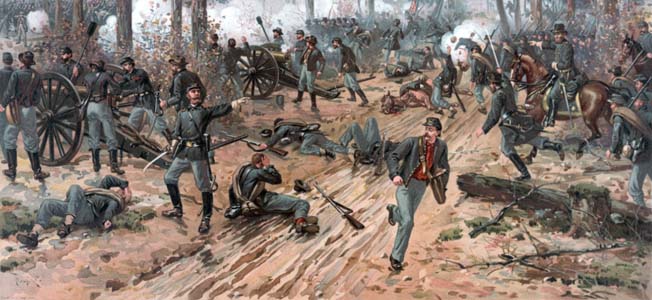
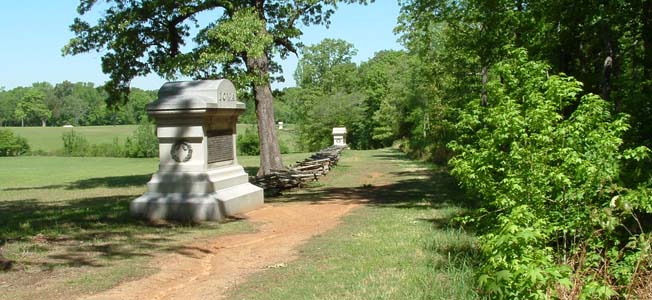
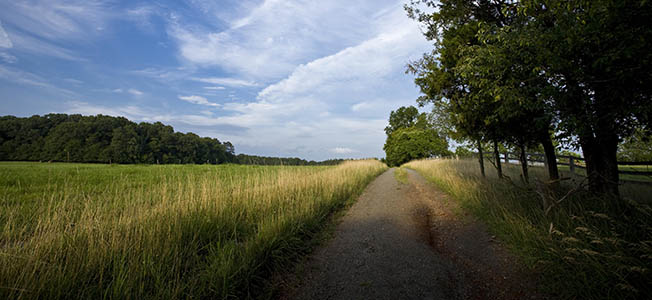
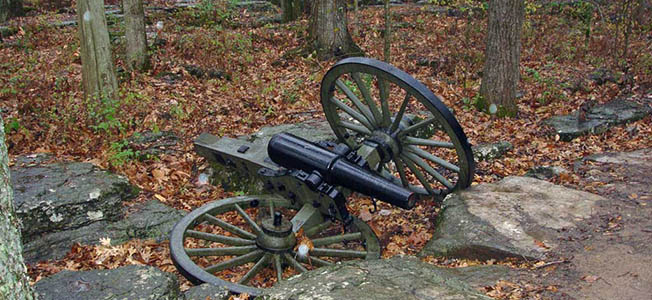
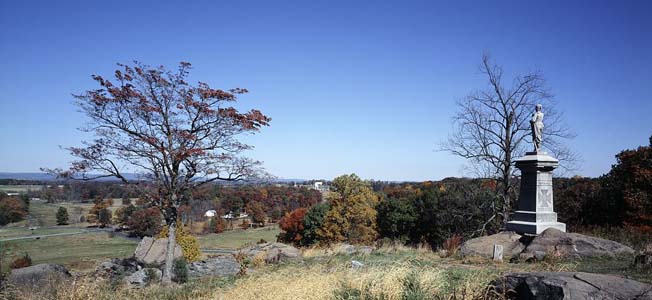
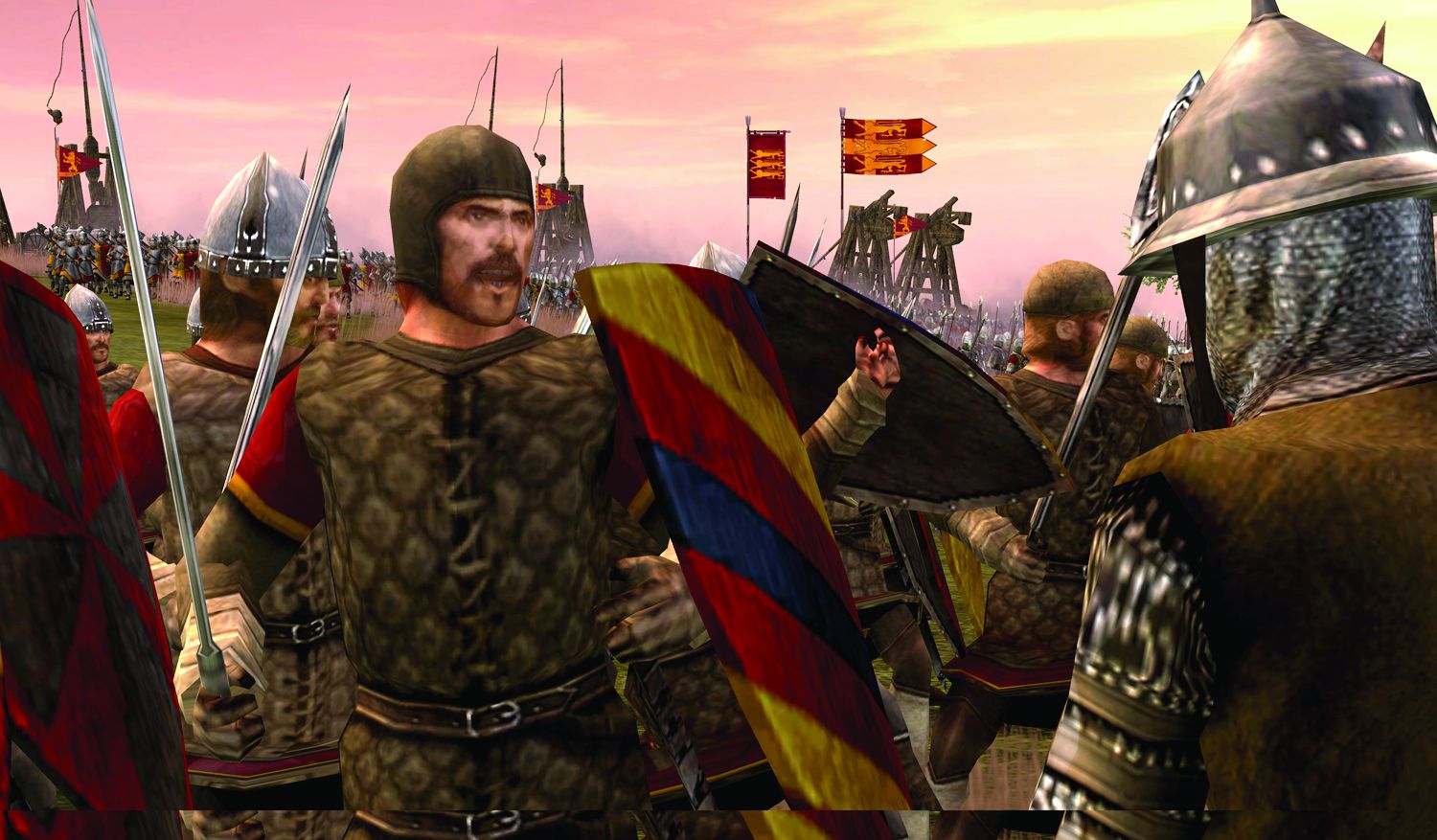
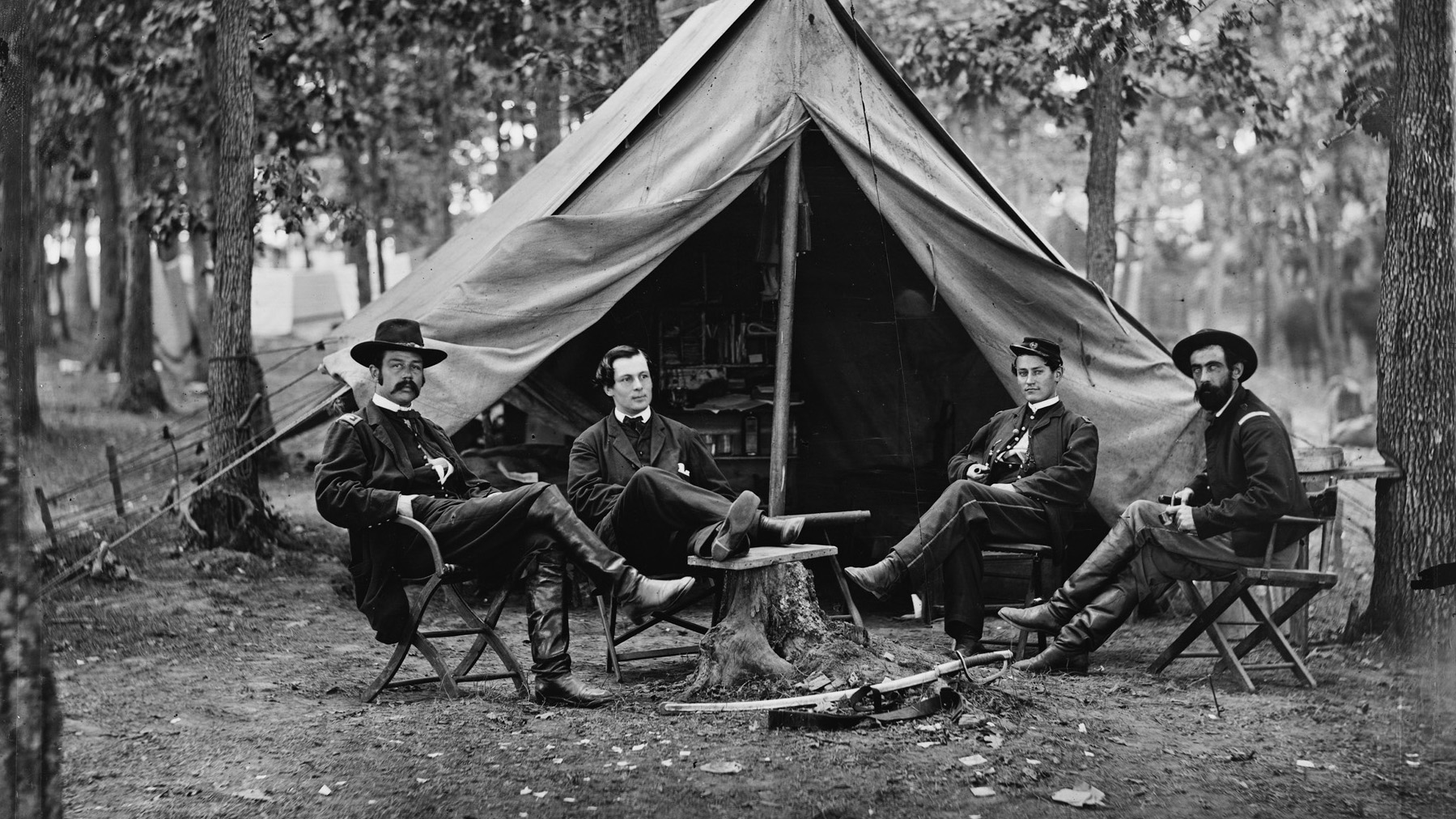
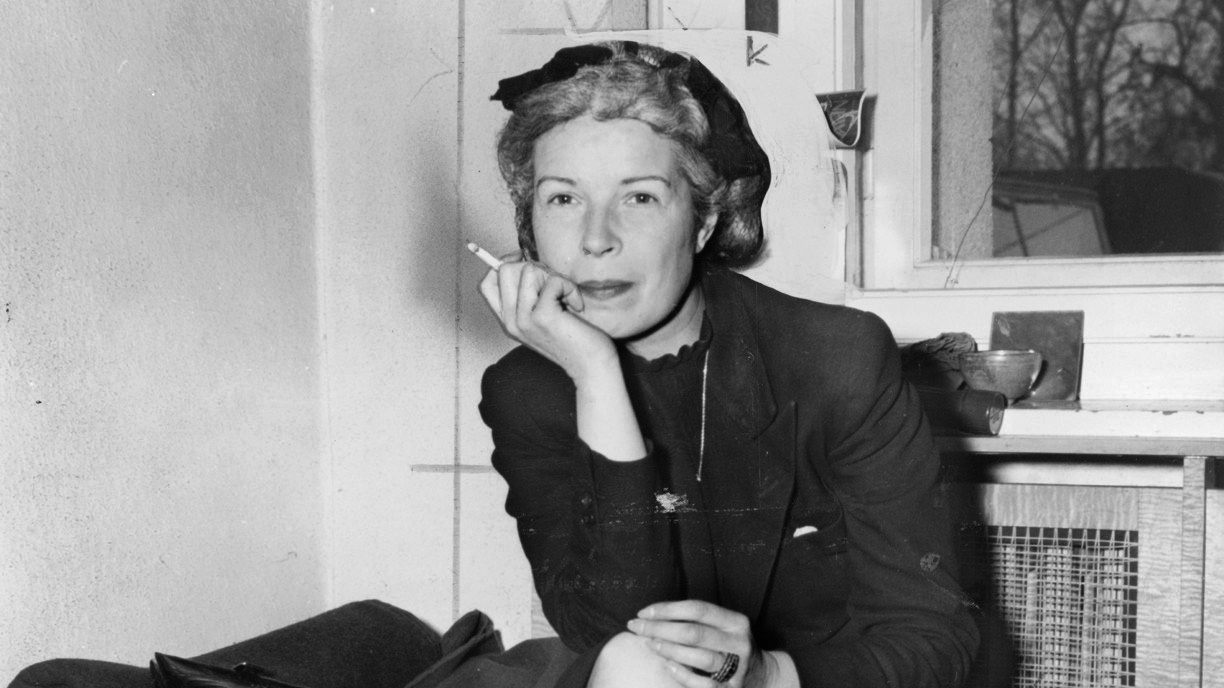
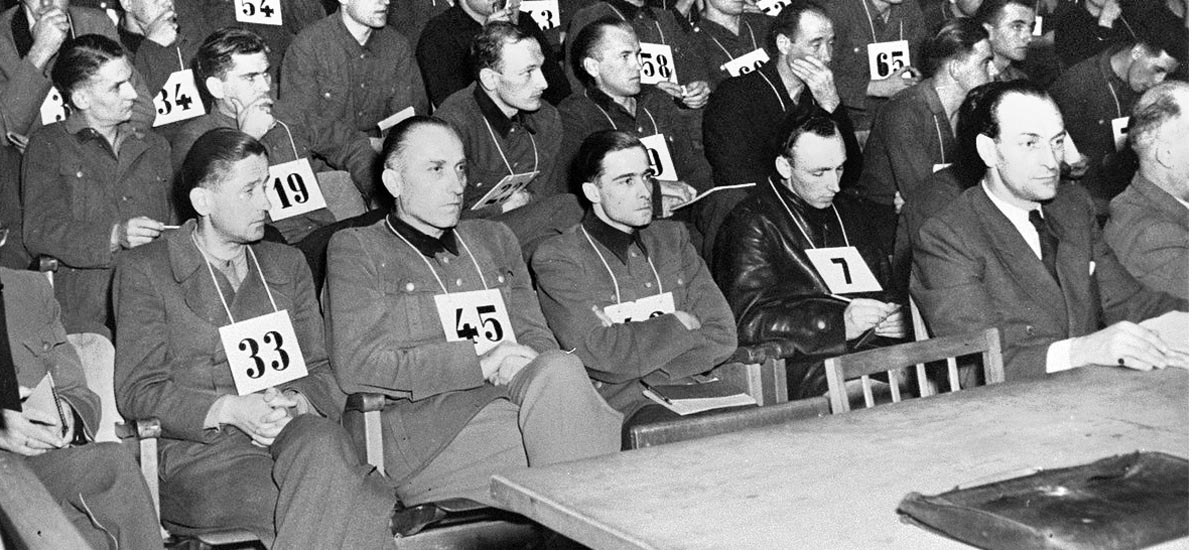
Join The Conversation
Comments
View All Comments